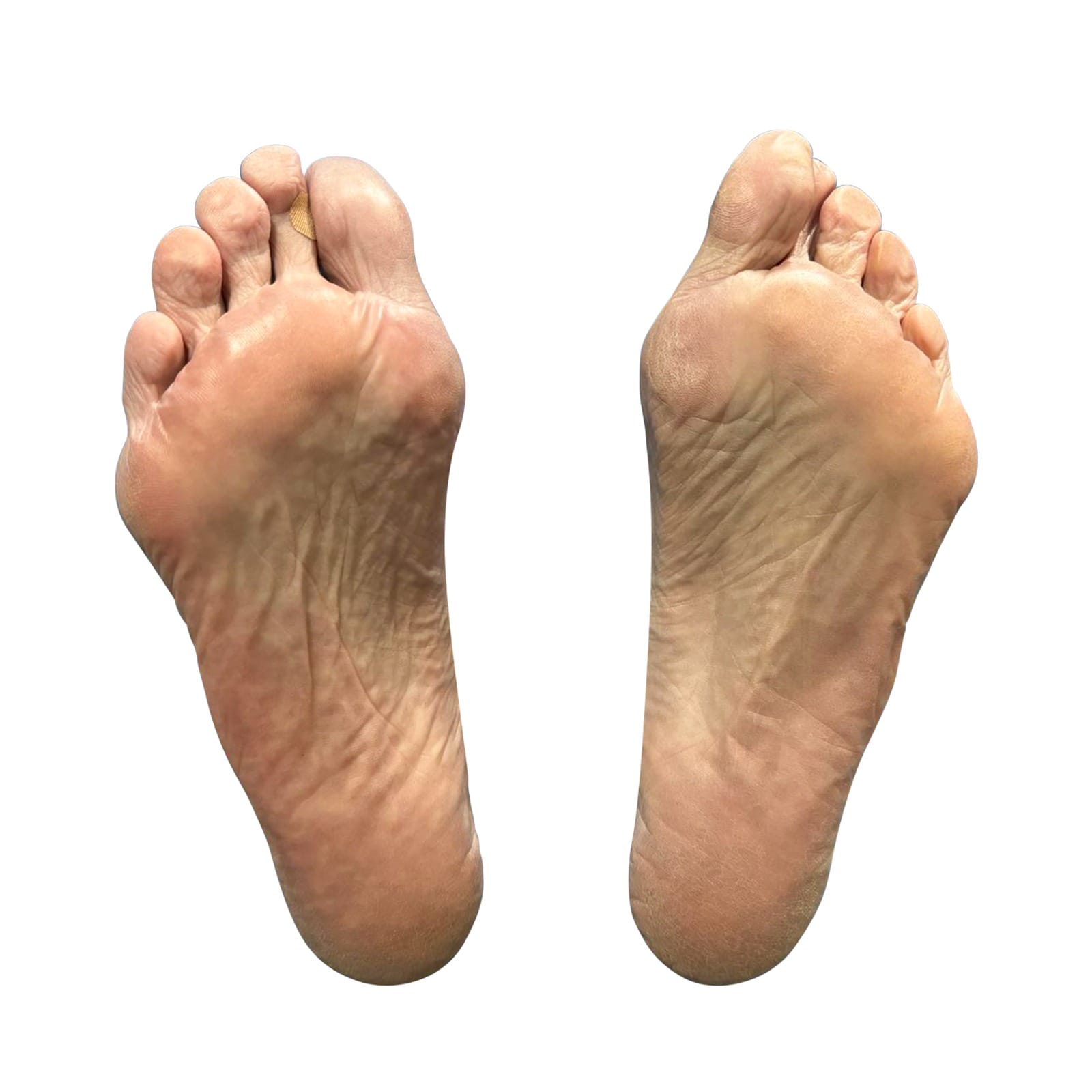The 26 Review
- What is Fat Pad Atrophy Loss or thinning of the natural fat pad in the ball of foot and/or heel pad
- How Occurs due to age-related degeneration, repetitive high-impact activities, or wearing ill-fitting footwear
- Why This occurs due to the breakdown of fatty tissues over time.
- Symptoms Pain, discomfort, and reduced shock absorption in the affected area.
- Recommended For Individuals experiencing significant pain, discomfort, or reduced mobility

Let’s take a closer look…
Fat pad atrophy in the foot is a condition where the natural fatty cushioning beneath the heel or the ball of the foot deteriorates, often leading to discomfort and pain. This loss of protective padding can occur for various reasons, including the natural aging process, prolonged periods of weight-bearing activity, repetitive high-impact activities like running, or wearing poorly fitting shoes that fail to adequately distribute pressure across the sole. As the fat pad diminishes, the foot loses its ability to absorb shock and provide cushioning during activities, making it more susceptible to pain and discomfort, especially during activities that involve standing, walking, or running. Treatment options typically focus on relieving pressure on the affected area and may include using cushioned footwear, custom orthotics, heel cups, or other support devices, as well as 26Apothecary’s Thick and Thin sleeves and/or Fat Pad injections. Addressing any underlying causes such as improper footwear choices or gait issues will prove helpful when treating this condition. In more severe cases, surgical interventions may be considered to restore the fat pad or provide additional cushioning.
Why Fat Pad Atrophy Treatment
The importance of conservative treatments for fat pad atrophy in the foot lies in their ability to alleviate pain and discomfort while avoiding more invasive measures. These non-invasive approaches, such as cushioned footwear, orthotics, padding, and physical therapy, offer effective means to reduce pressure on the affected area and enhance shock absorption. By opting for conservative treatments, individuals can often achieve significant relief from their symptoms, regain mobility, and maintain an active lifestyle without the need for surgery or more aggressive interventions. There are commonly two types of injections used for treating this condition: corticosteroids injections and fat pad injections. The importance of injections in managing fat pad atrophy in the foot lies in their ability to provide targeted relief from pain and inflammation. Corticosteroid injections can offer temporary relief by reducing inflammation in the affected area, allowing individuals to better tolerate conservative treatments and maintain their daily activities. Fat Pad Injections can also offer pain relief while addressing the underlying causes of the condition. These treatments not only address the immediate discomfort but also help prevent further deterioration of the fat pad, by injecting sterilized adipose tissue into the affected area, making them crucial in managing the condition and improving overall foot health.
How: Steps of a Fat Pad Atrophy Injection Treatment
Injections for fat pad atrophy in the ball of the foot involve a relatively straightforward procedure. First, a healthcare provider will typically clean the area with an antiseptic, and in some cases, apply a local anesthetic to minimize discomfort. Then, a needle is carefully inserted into the affected area, and adipose tissue is injected directly into the abnormal or deteriorated fat pad and/or the surrounding tissue. The goals are to reduce inflammation, alleviate pain, and reintroduce a fat pad cushion to walk on, offering patients relief that can last for several weeks to several years, depending on the individual’s response to the treatment.